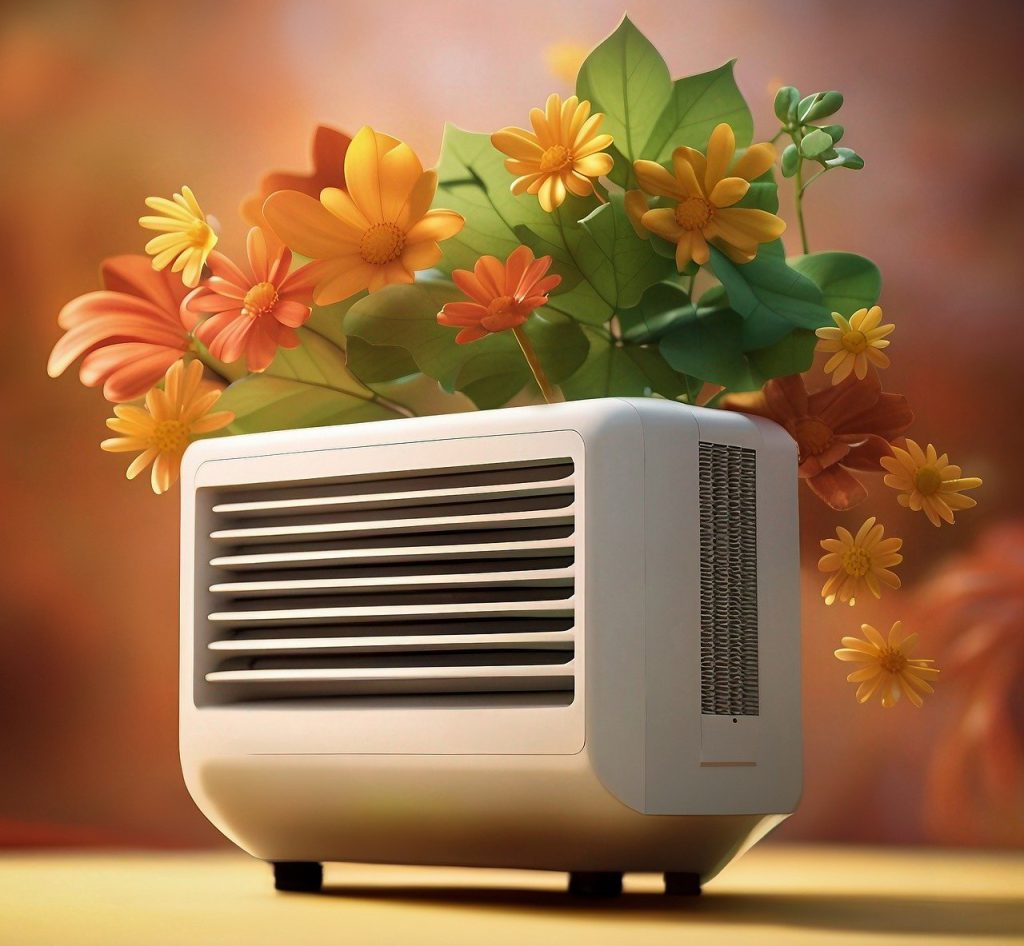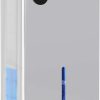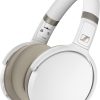
Everything You Need to Know About Portable Air Conditioners Before You Buy
With the heat of summer becoming increasingly intense, many people are looking for effective ways to cool their homes without breaking the bank. Portable air conditioners (PACs) have emerged as a popular choice for their flexibility and convenience. But before you dive into purchasing one, it’s crucial to understand how they work and what factors you should consider. Let’s explore the ins and outs of portable air conditioners to help you make an informed decision.
How Portable Air Conditioners Work
Portable air conditioners function by drawing in warm air from a room, cooling it, and then releasing the cooled air back into the room. Here’s a step-by-step breakdown of the process:
- Intake and Cooling: The unit takes in warm air from the room through an intake vent. This air passes over a refrigerant, which absorbs the heat, cooling the air.
- Exhaust: The absorbed heat needs to be expelled from the room to maintain a cool temperature. The warm air is expelled through an exhaust hose, usually vented out a window.
- Dehumidification: As air cools, moisture is removed, which is collected in a tank or expelled through a hose. This dehumidification process also helps in making the room feel cooler and more comfortable.
Factors to Consider Before Buying
Before purchasing a portable air conditioner, consider the following key factors:
- Room Size: The cooling capacity of a portable air conditioner is measured in BTUs (British Thermal Units). A higher BTU rating means the unit can cool a larger area. Match the BTU rating with your room size:
- Up to 300 sq. ft.: 8,000 BTU
- 300-450 sq. ft.: 10,000 BTU
- 450-600 sq. ft.: 12,000 BTU
- 600-800 sq. ft.: 14,000 BTU
- Ventilation: Proper ventilation is crucial for PACs. Ensure you have an accessible window or vent for the exhaust hose. Some units come with window kits for easier installation.
- Noise Levels: Portable air conditioners can be noisy. Check the decibel rating of the unit if you are sensitive to noise or plan to use it in a bedroom.
- Energy Efficiency: Look for units with a high Energy Efficiency Ratio (EER). A higher EER means the unit is more energy-efficient, which can save you money on electricity bills.
- Portability and Size: While all portable air conditioners are designed to be movable, some are more compact and easier to maneuver than others. Consider the weight, handle design, and whether the unit has caster wheels for easy movement.
- Maintenance: Regular maintenance is necessary for optimal performance. Consider units with easily accessible filters and self-evaporating technology, which reduces the need to empty water tanks frequently.
- Additional Features: Some units come with extra features such as remote controls, programmable timers, multiple fan speeds, and sleep modes. Determine which features are important for your comfort and convenience.
Benefits of Portable Air Conditioners
- Flexibility: Unlike window units, portable air conditioners can be moved from room to room, making them ideal for renters or those who need temporary cooling.
- Ease of Installation: PACs are generally easy to install without any professional help, as they do not require permanent installation.
- Supplemental Cooling: They can be used to supplement central air conditioning systems, providing extra cooling in areas that are difficult to keep cool.
Potential Drawbacks
- Limited Cooling Range: Portable air conditioners are typically less powerful than central or window units and may struggle to cool very large spaces effectively.
- Noise: They can be louder than other types of air conditioning units, which might be a concern for some users.
- Energy Consumption: PACs can be less energy-efficient compared to other types of air conditioners, especially if used to cool large spaces.
How To Install A Portable Air Conditioner
What You’ll Need:
- Portable air conditioner unit
- Exhaust hose
- Window kit (usually included with the unit)
- Screwdriver
- Measuring tape
- Scissors or utility knife
Step-by-Step Installation:
- Unpack and Inspect the Unit:
- Remove the air conditioner from its packaging.
- Check for any damage and ensure all parts are included (unit, exhaust hose, window kit, and user manual).
- Choose the Right Location:
- Place the unit on a flat, stable surface near a window and a power outlet.
- Ensure there’s enough clearance around the unit for airflow (typically 20 inches on all sides).
- Attach the Exhaust Hose:
- Locate the exhaust port on the back of the unit.
- Connect one end of the exhaust hose to the port, securing it tightly. This might involve twisting or snapping it into place, depending on the model.
- Prepare the Window Kit:
- Measure your window to determine the size of the window kit.
- Adjust the window kit to fit your window’s dimensions. Most kits are adjustable and can fit a range of window sizes.
- Use a screwdriver to secure any adjustable pieces in place.
- Install the Window Kit:
- Open your window and place the window kit into the gap.
- Extend the kit to fit snugly into the window frame. It should create a seal that prevents air from entering or escaping.
- If necessary, use a utility knife to trim any excess material for a perfect fit.
- Attach the Exhaust Hose to the Window Kit:
- Connect the other end of the exhaust hose to the window kit.
- Secure it tightly to ensure a good seal. Some kits may have a specific slot or adapter for this purpose.
- Seal Any Gaps:
- Check for any gaps around the window kit that might allow warm air to enter or cool air to escape.
- Use weatherstripping or foam tape to seal these gaps for maximum efficiency.
- Plug in the Unit:
- Connect the portable air conditioner to a power outlet.
- Ensure the outlet can handle the electrical load of the unit to prevent any safety issues.
- Turn on and Test the Unit:
- Power on the air conditioner using the control panel or remote.
- Set your desired temperature and fan speed.
- Allow the unit to run for a few minutes to ensure it’s cooling the room effectively.
- Check the Exhaust and Drainage:
- Make sure the exhaust hose remains securely attached and isn’t obstructed.
- If your unit has a drainage option, check the water tank or drainage hose regularly to prevent overflow. Some units have a self-evaporating feature that reduces the need for manual draining.
Tips for Optimal Performance:
- Regular Maintenance: Clean or replace the air filter every few weeks to maintain airflow and efficiency.
- Proper Ventilation: Ensure the exhaust hose is as straight as possible to avoid airflow restrictions.
- Avoid Direct Sunlight: Place the unit in a shaded area if possible to enhance cooling efficiency.
Final Thoughts
Installing a portable air conditioner is a straightforward process that can be accomplished with minimal tools and effort. By following these steps, you can ensure your unit is set up correctly and efficiently, providing a comfortable and cool environment during the hot months. Remember to consult the user manual for any model-specific instructions and maintenance guidelines.
Portable air conditioners are a versatile and convenient solution for keeping your living space cool during the hot months. By understanding how they work and considering the factors mentioned above, you can select a unit that best fits your needs and ensures a comfortable and cool environment. Always weigh the benefits and potential drawbacks to make an informed purchase that will keep you cool and satisfied all summer long.
A portable air conditioner can be a game-changer in maintaining a comfortable, cool living or working space, especially in apartments or homes without central air conditioning. By considering factors like cooling capacity, energy efficiency, size, noise levels, and additional features, you can find the perfect unit tailored to your needs. With the right choice, you’ll enjoy a pleasant and cool summer indoors, no matter how high the temperatures climb outside.






